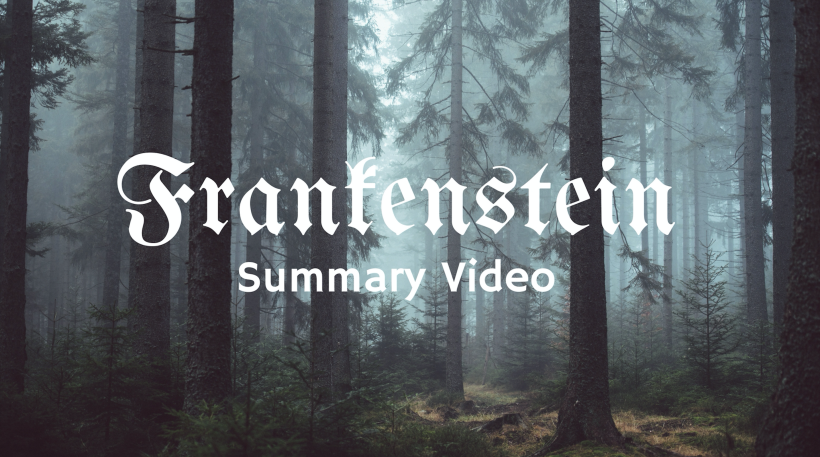Throughout the novel, Victor constantly seeks domination of human nature. In creating a being like himself he proves to the world that the natural state of life and death is broken. Victor’s immense fascination with the vast opportunities that science offers turns him obsessed with the idea of manipulating life. He closes himself to the world and devotes the next 2 years of his life to his new project.
Bringing the dead back to life is something that goes clearly against the natural flow of nature. Because of this, nature goes against Victor and punishes him greatly through his own creation. The monster kills many people close to Victor. He went against the natural flow of nature and now he is to pay the price. By creating the dead he broke the link between science and nature and his comfort in life was the cost.
Victor at first loves the look of nature, the mountains, the lakes and the beauty that it offers him. He feels refreshed and respects its beauty. But Nature had no more to give to Victor because of what he had done and soon he became ill and frightened by the monsters threats. Victor could no longer go anywhere without the feeling of being watched and possibly getting killed. Thus, Victor does not see nature as a place of peace and relaxation and by the end of the novel, he becomes so consumed by hatred for his creation that his only purpose is to hunt down the monster, no longer depending on nature nor seeking any peace from it.
The book demonstrates the dangers of science and what it can achieve if we are not careful. Though the book does more than just show us the dangers of science, it shows us the consequences that we might encounter when we are not careful in the advancement of our technology. It makes us reflect on our decisions and what can come from it.



